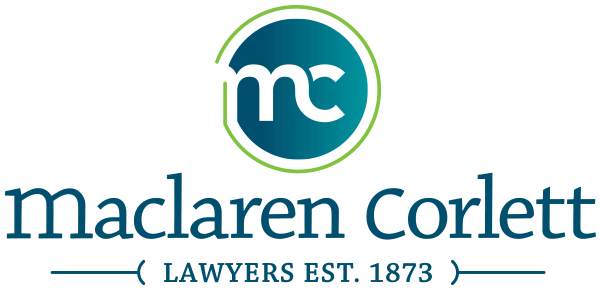Who would have ever thought that regulatory compliance could actually give you a competitive advantage? While some companies do in fact know that, and have made use of it, we have a further little hint for companies who export cosmetics to Canada.
Canada has a post-market reporting scheme for cosmetics sold within its borders. Within 10 days of first sale in Canada, the manufacturer, or its authorized representative, must file a document called the Cosmetic Notification Form (CNF). Filing of labels is not (yet) mandatory at this stage. While this form can be completed online, it is still somewhat of a nuisance to do since it is not necessary in many other countries.
The CNF has various uses such as permitting Health Canada to monitor for safety of the ingredients in certain products and Environment Canada to monitor certain chemicals which may be released into the air or water as the case may be. Being post-market notification means that it does not restrict your entry and sale in Canada but it does put a burden on the manufacturer or importing entity to ensure that the CNF is filed within the first 10 days after sale, failing which there could be consequences. The downside is always that your CNF will be refused and you have to pull the product, or amendments may be required to your ingredients or packaging.
However, looking on the bright side and supposing for the moment that the products are compliant and a CNF has been issued, the existence of that number may well facilitate your entry into Canada while a competitors product is being delayed at the port of entry pending examination by the Canada Border Services Agency (CBSA).
The fact that you have the number, or have filed, doesn’t necessarily speed up your entry unless CBSA is aware of this fact. While we have encouraged clients to indicate the CNFs on their customs and commercial invoices, this has not received a rousing degree of support. As an alternative, we have suggested that they prepare a spreadsheet corresponding to their customs and commercial invoices where they match skus or items with one of three corresponding notifications: 1. The Cosmetic Notification Number itself if available; 2. The date upon which the CNF filing was made if the CNF has not yet been issued; or 3. In circumstances where the CNF has not yet been applied for, then a statement that it is pending and an anticipated date for filing.
Our clients have indicated that they are experiencing delays in clearance of their cosmetic products at certain points of entry in Canada. When we receive this type of information, we encourage them to prepare the chart referred to above and we understand that has been met with some degree of success.
While the issuance of a CNF number is not equivalent to “approval” of your cosmetic product by Health Canada, it is an indication that the ingredients have been reviewed and there were no immediate red flags raised. Non-rejection vs. outright approval. If your filing information is communicated to the customs officers at the point of entry, it could assist in a more speedy clearance of goods, a reduction in costs and a potential advantage over your competitors whose goods are being delayed.
Regulatory compliance is not only the law, it may also be commercially expedient. An hour preparing a CNF chart like we referred to above may result in release of your goods days if not weeks earlier. Try it!

